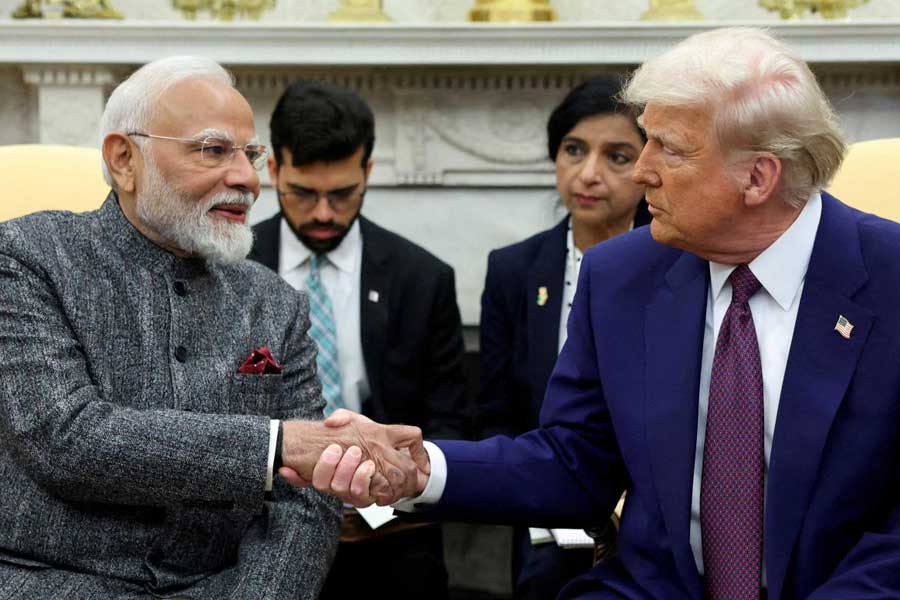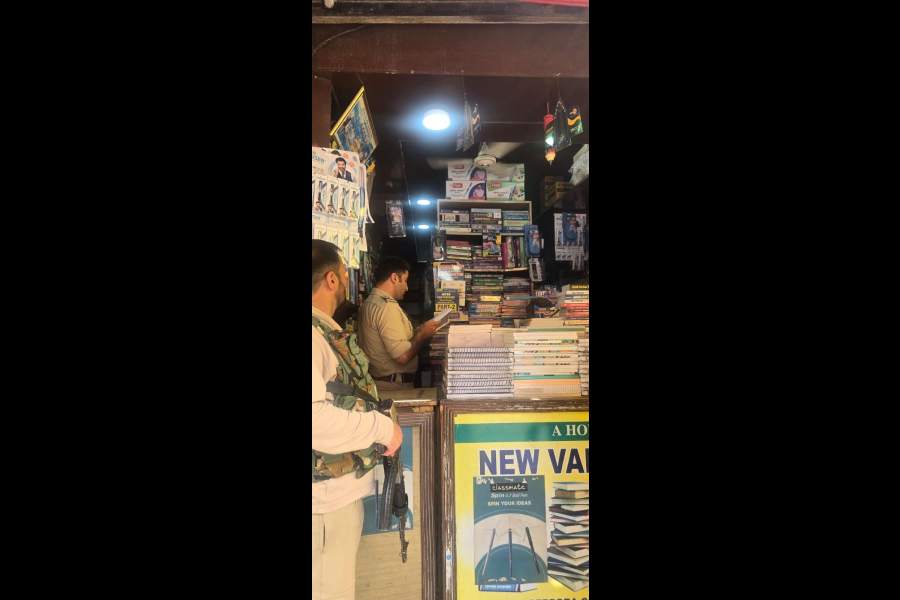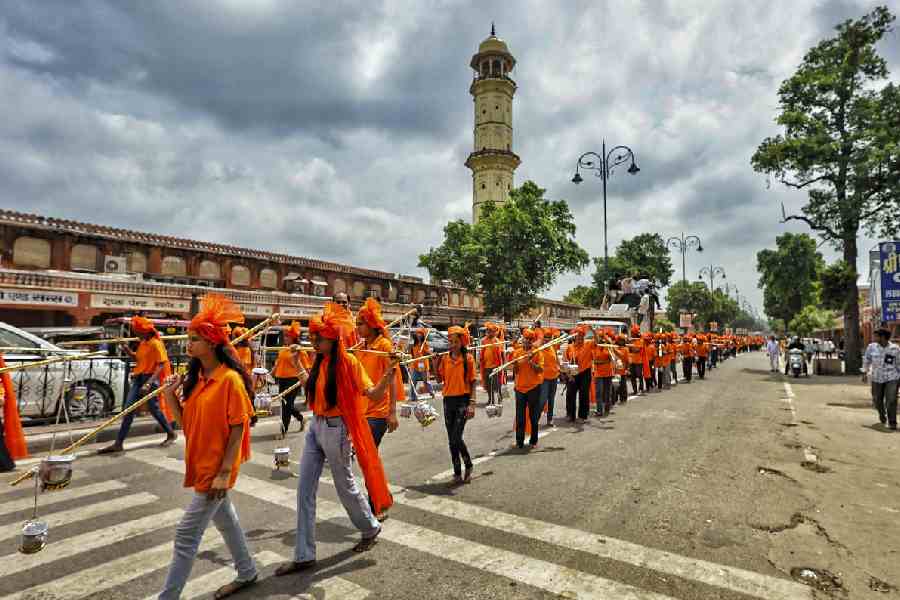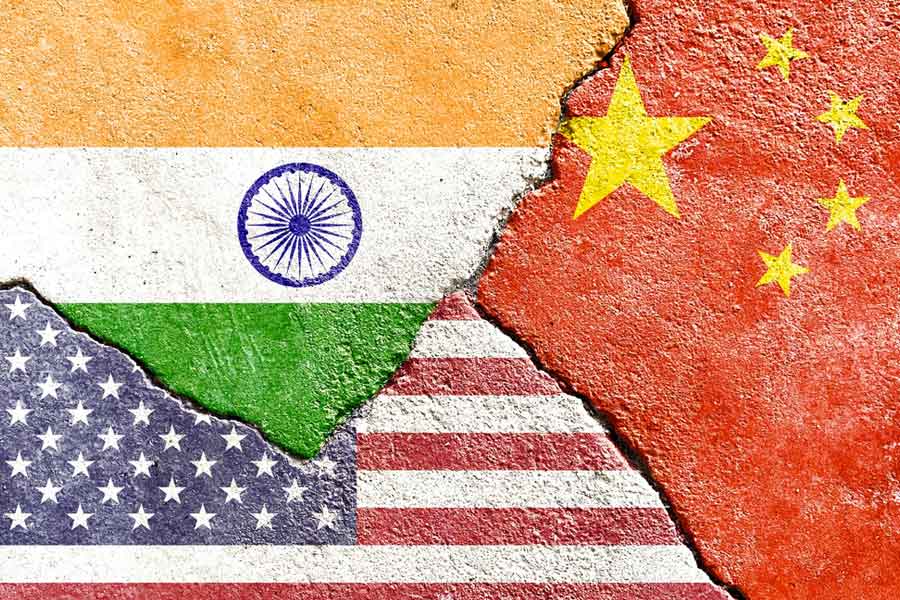 |
| Monica Dematte. |
For some years now, Chinese contemporary art has been one of the hottest commodities on the international art market. Curator and art historian Monica Dematte, who moved to China in 1986, and has been living as a nomad in Shanghai since 2002, has witnessed the meteoric rise of Chinese artists right from the time that self-expression was considered anathema to Communism. Dematte, who received her PhD from the University of Genoa with a thesis on “Contemporary Chinese art from 1989 to 1994”, studied Chinese art history and critique at the Art Academy of Guangzhou. She has made two video documentaries on contemporary Chinese art and one on Taiwanese contemporary art. In 1999 and 2001, her articles were included in the Venice Biennale catalogues. Dematte, who was recently in town, tells t2 about the influence of the West on Chinese art of our times.
When did modern China renew its links with the West?
It was during the 1980s, after the end of the Cultural Revolution and Mao’s death that the West came back to life for the Chinese. I have the impression that what triggered this renewed interest was the material wealth — real or imaginary — seen in Europe and the US. In this period many works of Western authors were published, from Freud to Proust, from Nietzsche to Sartre, to Kafka, and everything that happened in this artistic world since impressionism.
The artists of ‘85’ movement were philosophers and writers more than painters and sculptors.
In November 1988 Chinese artists and innovative theorists had gathered to show their works and decide on the ‘China Avant-garde’ exhibition which was due next February at the National Art Gallery in Beijing. This was the first non-academic exhibition the institutions approved of. However, I had the feeling that many artists were paraphrasing previous Western works.
How did the ‘self’ find expression in their art?
In the 1980s, following the sudden reopening to the outside world which finally enabled them to communicate with other cultures, some artists embraced the West as a reaction to the deadlock which distinguished the previous decades. Some considered rediscovering the pre-socialistic tradition. Others began to experiment with the new means as installation, video and photography. In a brief period, everything was questioned.
 |
| Great Castigation Series: Coca-Cola, a 1993 work by Wang Guangyi.Picture by Santosh Ghosh |
When was Western art first displayed?
In the 1980s, a series of exhibitions in the main cities had a great deal of influence. One of the first was from the US with works starting from the 17th century, among whom were John Sargent, Mary Cassatt, Edward Hopper, Jackson Pollock and Franz Kline. The abstract paintings had the greatest influence.
What was the post-1989 scene?
Everywhere there was the feeling that the dialogue with institutions, which had seemed possible in the previous years, had been irreparably damaged. It was in this period that the first exhibitions in non-institutional locations took place. Interaction with the masses was not the main issue: The artists needed to reflect on personal issues.
In 1992, there was a sort of ‘rebirth’, and there was a definite feeling that the gloomiest times were over. Anticipating the future trend, Lu Peng planned and developed the Guangzhou Biennale. This acrobat, when it came to Chinese art, was able to reunite all the artists who had already made a name for themselves, ranging from Wang Guangyi to Zhang Xiaogang to Zhou Chunya, from Song Yonghong to Wang Jinsong to Mao Xuhui.
When was Chinese contemporary art first accepted abroad?
In 1993 Chinese contemporary art started to reap its rewards abroad. In this year two exhibitions took place - China New art, Post 89, in Hong Kong, and China Avant-garde in Berlin. At the same time it participated heftily in the ‘Passageway To The East’ section of the Venice Biennale.
Was there any space for contemporary art in the home country?
There was hardly any appropriate space or opportunities for the Chinese to display their work in China. The government tolerated them as long the phenomenon was invisible.
What role did foreigners play to promote their art?
Since the 80s, there has been a group of foreigners who, having lived in China over long periods, are dedicated to promoting Chinese contemporary art.
Does it have a home market?
The Chinese domestic collectors market was practically non-existent for about 20 years and is developing slowly.
What impact did the Biennales have?
The impact of Chinese participation at the Venice Biennale in 1999 was far greater than in 1993. The well-known artist and critic Wang Nanming wrote: “I am opposed to standards placed upon Chinese contemporary art that are defined by Western hegemony and are derived from a forced distinction between Eastern and Western art.” His rebuke addressed the Chinese living abroad who conform to the characteristics of ‘Chineseness’. I believe that whether there will be a change in the future or not depends greatly on how determined the Chinese government is to promote the creation of exhibition centres, to provide economic support and to guarantee greater visibility.










